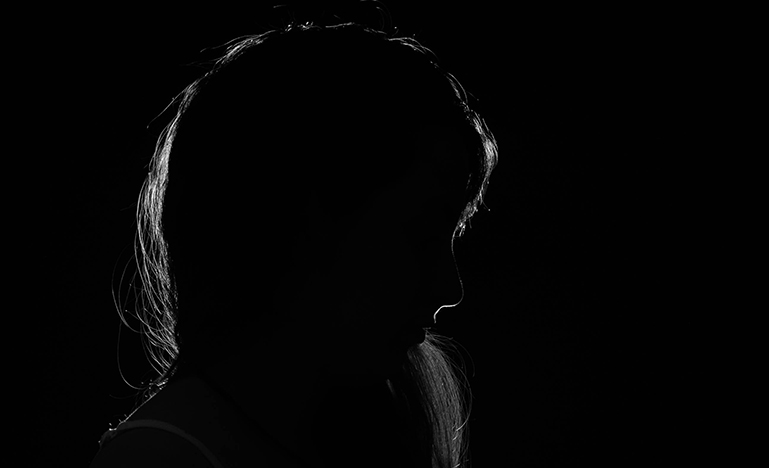Public narrative vs. the “whole truth” from the courtroom
At the time of writing, controversy is stirring at four Canadian universities that invited criminal lawyer Marie Henein to participate in a speaker series.

A student wrote an opinion piece condemning the decision to invite Henein on the basis that she was Jian Ghomeshi’s defence counsel in his much-publicized sexual assault trial. The director of a Nova Scotia women’s centre echoed the criticism, stating that by extending this invitation to Henein, the universities were “potentially retraumatizing students… who have experienced sexual violence”.
Lawyers are familiar with the challenges inherent in advocating for an unpopular case – and such challenges are exacerbated in such a high-profile case. It is particularly troubling, however, that these critics attributed victim-blaming beliefs to Henein personally because of her advocacy on behalf of her client, and viewed the potential speech as something to suppress rather than an opportunity for productive discussion.
One of those challenges worth exploring is the difference between the public narrative of a case and what truly happens in the courtroom.
The student accused Henein of “using victim-blaming and manipulative tactics” and claimed that Henein “would likely be fairly skeptical about your choices if you were to wait before being entirely sure you’d like to report your assault”, and “would likely explore [a complainant’s] past sexual history before making any rash decisions by believing them”.
The student’s allegations about Henein’s personal beliefs stemmed from misinformation. Henein did not, in fact, ask any of the complainants about their sexual history or preferences, use of alcohol or drugs, or what they were wearing on the nights in question, nor did she suggest that their failure to “fight back” or immediately report to police were somehow indicative of consent. In short, she did not rely on antiquated victim-blaming stereotypes (although this unfortunately cannot be said in respect of all defence lawyers, nor all judges, as other recent incidents have reminded us). Henein’s cross-examinations were not only consistent with the letter and spirit of Canada’s “rape shield” laws, but were in many ways a model of effective, professional advocacy.
The student’s allegations almost certainly arose from inaccurate or misleading commentary about the Ghomeshi trial in the media reports or on the Twittersphere, as opposed to in-person attendance in the courtroom or review of the trial transcripts. Interestingly, while lawyers typically have limited opportunity to shape the popular narrative of a case, this case was exceptional; Henein became a household name, and appeared on CBC’s The National after the verdict so she could discuss some of the misconceptions about the Canadian criminal justice system that had emerged in the public discussion of the case. In her interview, Henein identified herself as a feminist while highlighting the importance of the presumption of innocence and the need to test the evidence presented against an accused person. Few lawyers would disagree with these principles.
The Ghomeshi case received significant public attention, and as a result incited a great deal of public discussion about the justice system, how stereotypes and unconscious biases can serve to produce undesirable outcomes, and how the presumptions at the core of criminal justice operate. It caused some to float ideas about possible criminal justice reform, and neatly coincided with a new Ontario government initiative to provide pro bono legal counsel for complainants in sexual assault cases, so they can better understand the complexities of a system that many complainants feel has not provided adequate justice. Although cases such as this one can divide public opinion, they can provide a welcome opportunity to engage the public in discussions about how the justice system really works, and to exchange ideas about how it ought to work.
There no doubt remains a gulf between public opinion and lawyers’ understandings of our justice system. Efforts to prevent Henein from speaking to the university students are counterproductive; where criticisms stem from misconceptions about the administration of justice, constructive dialogue between lawyers and the public should be encouraged, not stifled.

